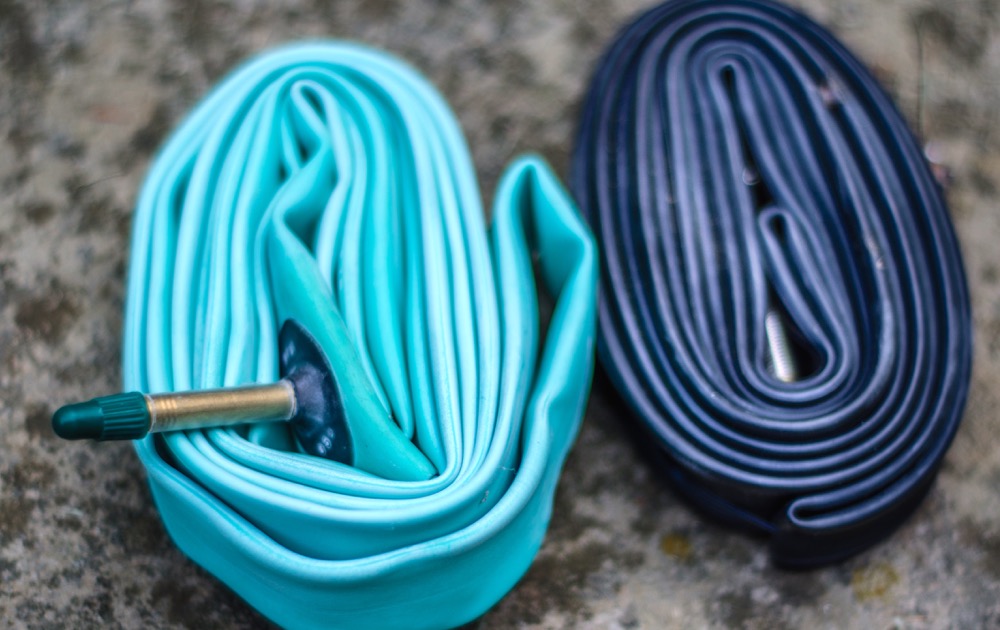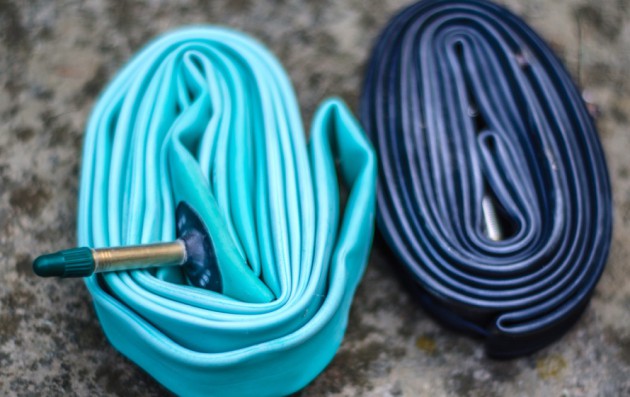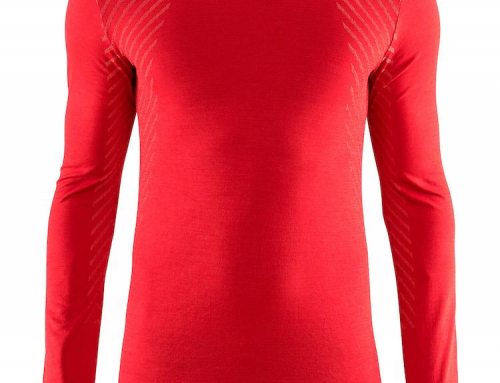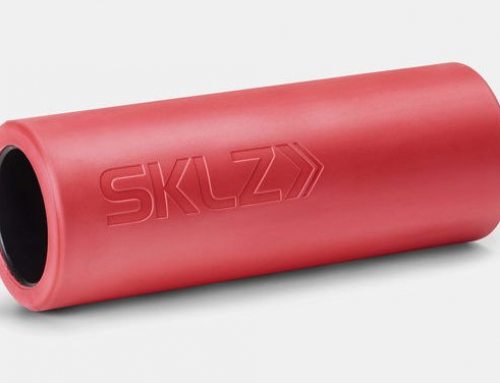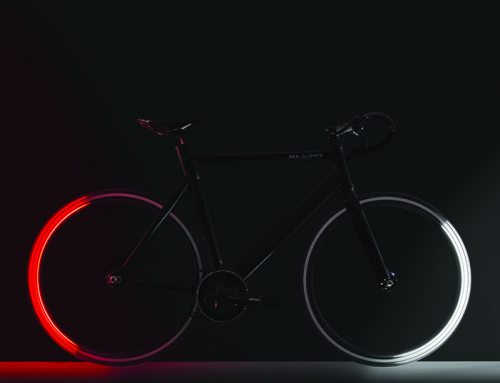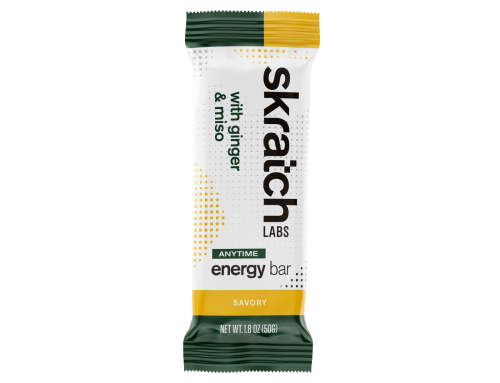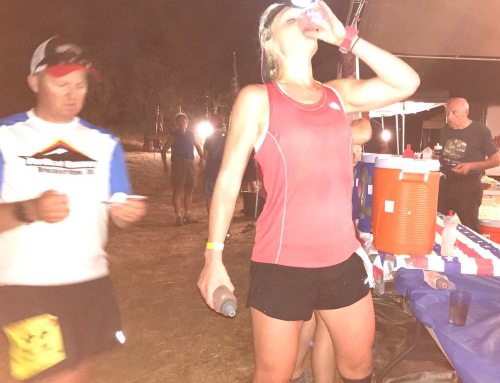By James Haycraft
It’s about that time of year: the time where the biggest races of each person’s season are usually taking place. In the South it is probably almost without question the best time of year to be training. As it so happens, many athletes are also coming up on their biggest and most important races of the year. There are plenty of half and full distance races to satisfy even the most discriminating triathlete palate.
On that note, let’s dive into a brief (but hopefully enlightening) discussion on racing. More specifically, let’s talk about the cycling portion of a triathlon. To further specify the direction of this conversation we’re going to be thinking about “buying” speed. This aspect of triathlon cycling is for some the most frustrating. Why should your wallet help you go faster? For others, however, it is one of the most fun and interesting components of triathlon cycling. I would definitely classify myself as being a member of the latter camp, in case you hadn’t already guessed.
There are many obvious ways most athletes purchase speed. Most of the time you first pick from the “lowest hanging fruit” that is suspended from the “Getting Faster” tree (oh, you’ve never heard of that tree?). The easiest choices that represent the most watts saved per dollar spend. Aero helmet, apparel choice, front wheel, rear wheel, disc cover, minimalist hydration/storage approach, etc., are all relatively easy “buys” as far as aero-upgrades to make. Adjusting a position to achieve a lower overall drag on the “system” while still remaining sustainable is an extremely viable option as well. While this is a whole separate discussion it should be your primary objective.
What is frequently overlooked, however, is one of the best and most guaranteed ways of saving time on the bike course: your tube and tire choice.
All the talk in triathlon cycling these days revolves primarily around whether something is aerodynamic or not. It’s a very trendy thing to talk about and if you ever want to talk about it I am ready for you! What I am going to talk about today, however, is rolling resistance.
The term “rolling resistance” refers to the energy that is lost when the tire is rolling and the main reason for this loss of energy is that the tire is constantly deforming (thanks to Schwalbe Tires for that great explanation). The materials used and the overall construction of the tire (casing, tread, etc), the tube type, and the air pressure are the primary influencers of your bike’s rolling resistance.
Rolling resistance is a huge component in having an efficient bike setup for your triathlons (and for cycling in general). Because rolling resistance “gains” are not on an exponential curve like aerodynamic gains (the faster you go, the more aerodynamic resistance you face) it is much easier to “count on” improvements in rolling resistance. By selecting good tires and tubes and inflating them to the appropriate pressure for your body weight you can expect relatively dramatic gains from these simple choices you make regarding your equipment.
As an example let’s compare a very popular tire and tube combination (Specialized All Condition Pro II plus a Continental Butyl tube) – that a lot of long distance racers use because they are worried about getting a flat – to a more “optimized” choice (Continental GP4000s II plus a Vittoria Latex tube). The power required to roll a pair of wheels with the Specialized setup at ~25mph is roughly 58 watts. The power required to roll a pair of wheels with the Conti GP4000 and latex tube at ~25mph is roughly 31 watts. What does that mean in terms of time savings? Well, when we use our “rule of thumb” that 10 watts saved equals 1 second per kilometer we do some math that tells us the faster combination is “worth” about 8 minutes over the course of an Ironman distance race.
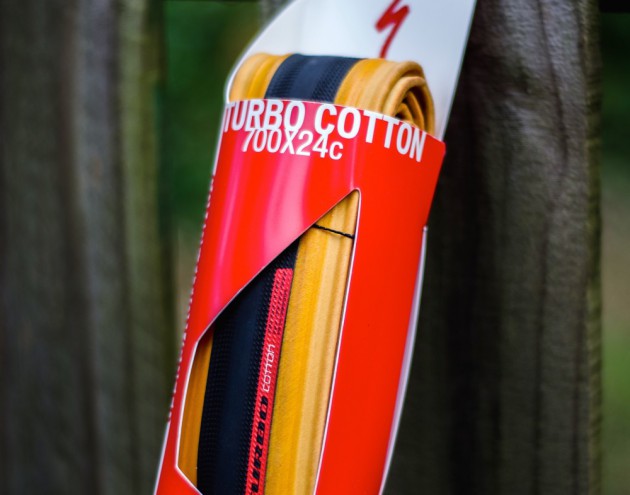 All you are doing is changing your tires and tubes and inflating them to the appropriate pressure (this is related to weight; at 155 pounds and a 700×23 tire I inflate to about 105psi, for reference). This is an extremely simple equipment selection choice that can have a pretty substantial impact on your bike split at your races. There are other tire, tube, and inflation options that can have more effect as well, I just highlighted that particular pairing because it is quite common. There are “faster” tires, but sometimes that change (lowering your rolling resistance) leaves the door open for a higher chance of nicks and cuts flatting your tube (Specialized Turbo Cotton is an example of a much faster but more fragile tire than the GP4000s II).
All you are doing is changing your tires and tubes and inflating them to the appropriate pressure (this is related to weight; at 155 pounds and a 700×23 tire I inflate to about 105psi, for reference). This is an extremely simple equipment selection choice that can have a pretty substantial impact on your bike split at your races. There are other tire, tube, and inflation options that can have more effect as well, I just highlighted that particular pairing because it is quite common. There are “faster” tires, but sometimes that change (lowering your rolling resistance) leaves the door open for a higher chance of nicks and cuts flatting your tube (Specialized Turbo Cotton is an example of a much faster but more fragile tire than the GP4000s II).
You might find yourself asking if there is any risk involved in this, and my answer would be that generally speaking there is no more risk using this setup compared to using the “slower” setup. Installing latex tubes is the same as butyl, but requires you to be a little more careful and aware of the tube getting “pinched” (latex is a much thinner material). A tire is, for the most part, a tire when it comes to installation. Faster tires are NOT NECESSARILY more puncture prone than slow tires, and I chose the GP4000s II on purpose because it is a fast tire (but not the fastest in terms of rolling resistance) that is also durable and somewhat uniquely, extremely aerodynamic.
Ultimately it is up to each athlete to decide what works best for their context of riding and becoming familiar with it. One thing that I think EVERY athlete should practice is changing their tubes in the event of a flat. Everyone is always willing to throw more swimming, more biking, and more running into the equation but relatively few are willing to practice something that can essentially make or break their race (especially from an emotional standpoint). I will take – everytime – the savings I get using faster equipment knowing I can change in the event of a flat and STILL be ahead of where I would be on the slower equipment. But like I said, it’s all up to each individual and deciding on their best use-case scenario. Being comfortable and confident is key, and the more you know the faster you can go!
# # #
James Haycraft is the go-to bike guy for Inside Out Sports in Charlotte, North Carolina. His claimed knowledge of all things aero- and crr-related is unparalleled, at least in his own mind. He’s competed as an AG and as a Pro and still spent more money on triathlon than he cares to admit.


